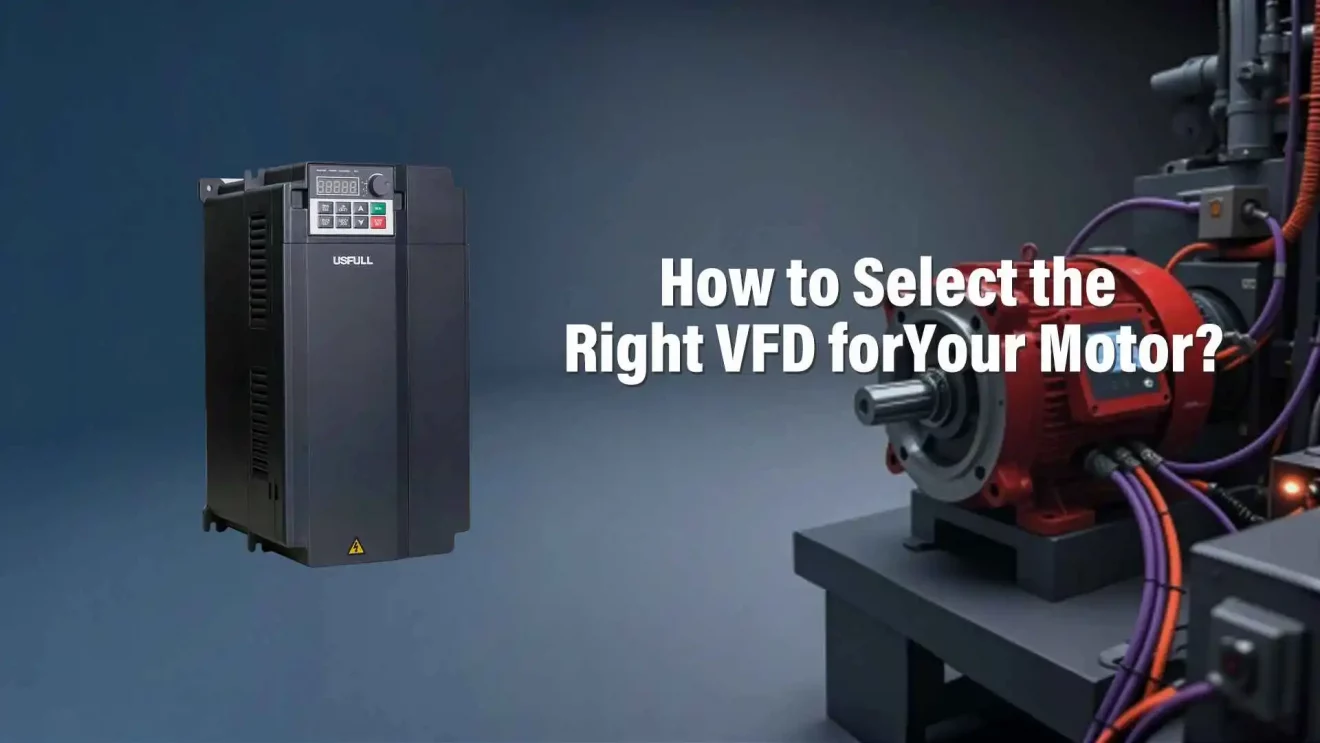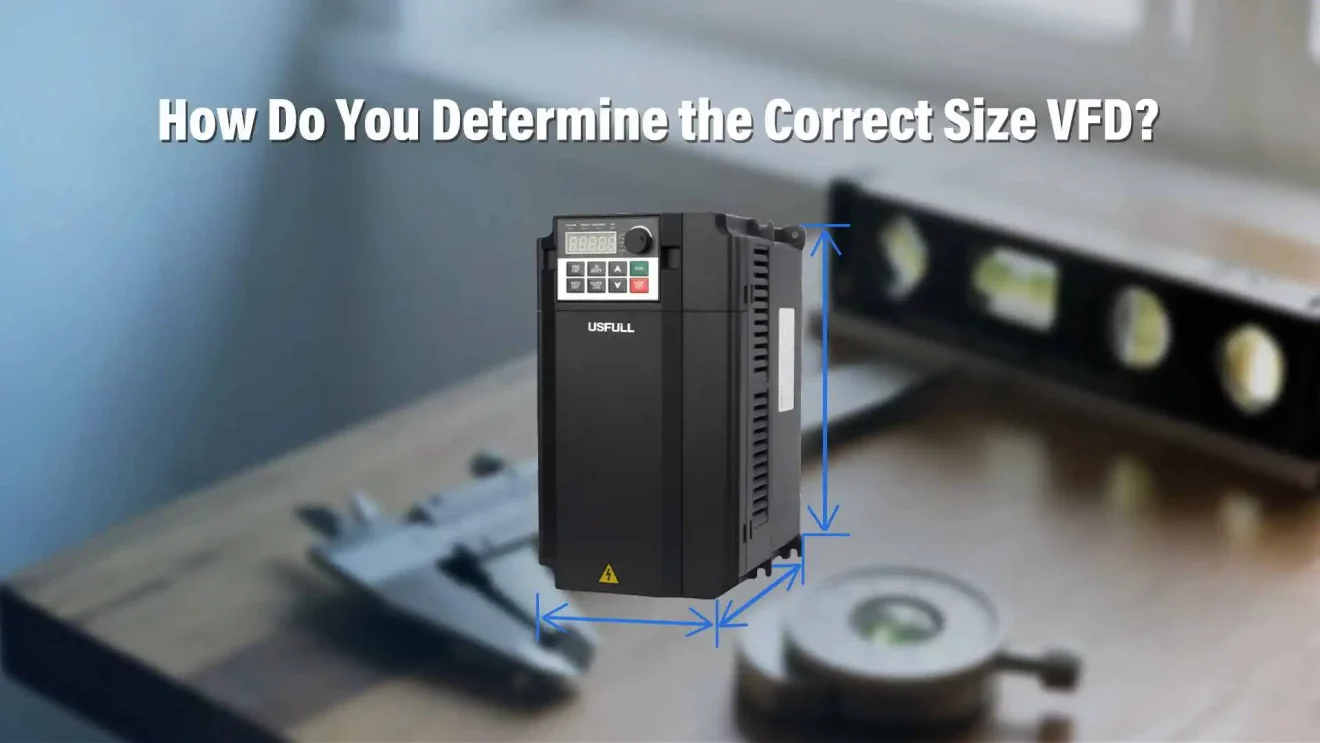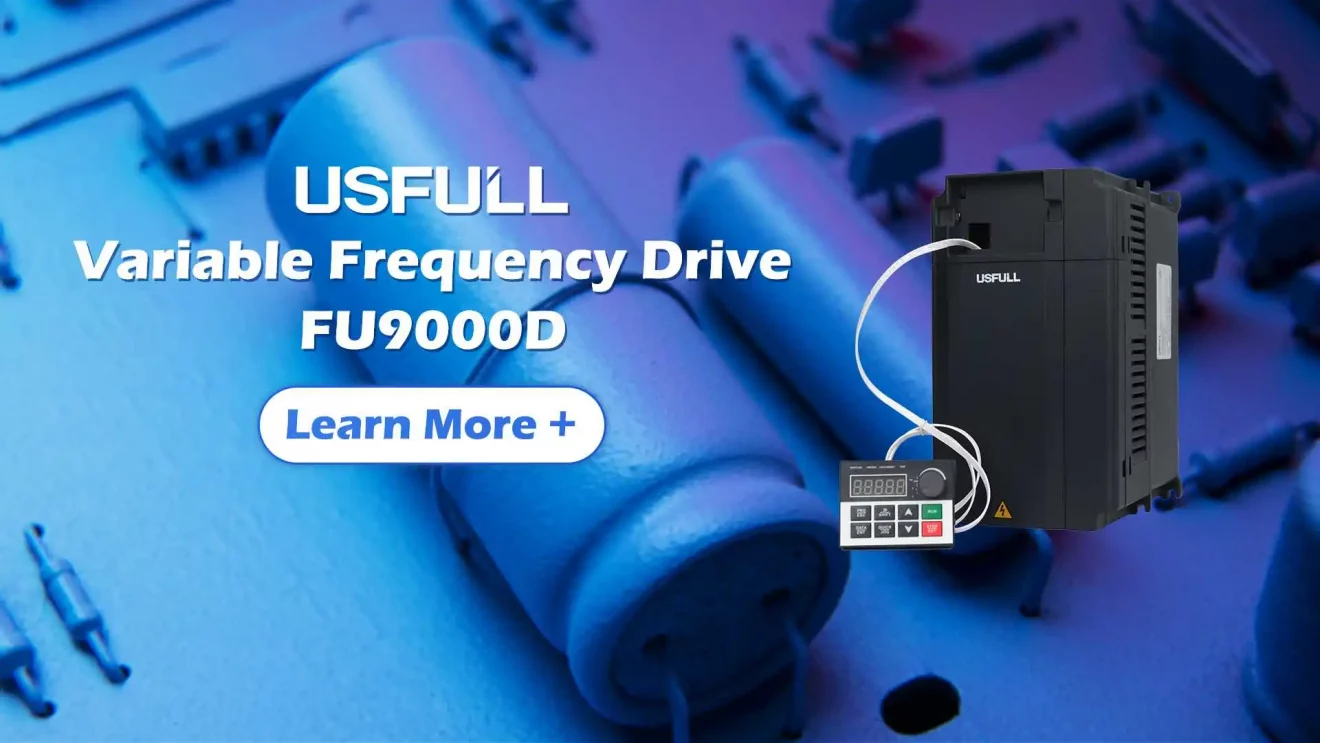Choosing the wrong variable frequency drive (VFD) leads to motor failures, production losses, and skyrocketing repair costs — but with expert guidance, you can avoid disaster.
A variable frequency drive (VFD), also known as a variable speed drive (VSD) or variable frequency inverter, optimizes motor performance by adjusting speed, improving efficiency, and reducing wear.
Keep reading to understand the key factors that ensure your VFD selection perfectly matches your motor’s technical and application needs.
What Is a Variable Frequency Drive (VFD) and Why Does It Matter?
A variable frequency drive (VFD), sometimes called a variable speed drive (VSD) or variable frequency inverter, controls the speed and torque of an electric motor by varying the input frequency and voltage. By matching motor speed to system demands, a VFD significantly improves energy efficiency, reduces mechanical stress, and extends equipment life. Without a properly selected VFD, your motor might operate inefficiently, consuming excess energy and wearing out prematurely. In industrial settings, where energy savings and uptime are critical, VFDs offer both immediate and long-term advantages.
How Do You Determine the Correct Size VFD?
The first step in selecting the right variable frequency drive VFD is to match the drive’s current rating to your motor’s Full Load Amps (FLA), not just its horsepower. Using horsepower alone can be misleading because motors of the same horsepower can draw different amounts of current, depending on their speed (RPM) and load characteristics. Always refer to the motor’s nameplate, which provides essential data like voltage, FLA, and RPM. A correctly sized VFD ensures the system can handle both normal operating conditions and short-term overloads, avoiding nuisance tripping or equipment damage. For safety, it’s often wise to select a VFD with a slightly higher amp rating than the motor requires.
What Type of Load Will Your VFD Control?
Not all applications are the same, and this greatly impacts the type of VFD you need. Variable torque applications, such as fans and centrifugal pumps, typically require less torque at lower speeds and need drives that can handle 120% overload for one minute. Constant torque applications, like conveyors, extruders, or crushers, require continuous torque across all speeds and demand a VFD that can handle 150% overload for one minute. Misclassifying your load type can result in underperforming systems or early failure. A clear understanding of your load profile ensures you choose a variable frequency inverter built for your exact operational demands.
How Does Voltage and Phase Affect VFD Selection?
Voltage compatibility is critical when choosing a VFD. Check your site’s supply voltage (commonly 208V, 230V, or 460V) and ensure both the motor and VFD match this. For three-phase motors on single-phase power, the VFD can act as a phase converter — but you must de-rate the VFD, typically doubling the motor’s FLA to size the drive correctly. Using a mismatched voltage or incorrect phase configuration can cause system instability or equipment damage. In medium-voltage or specialized applications, it’s best to consult experts to ensure compliance with local electrical codes and system requirements.

What Environmental Conditions Should You Consider?
Your VFD will only perform reliably if it’s protected from environmental hazards. Dust, heat, moisture, and corrosive elements can cause VFD failures or electrical faults. When installing a variable frequency drive VFD, ensure it has the correct enclosure rating (such as IP, NEMA, or UL-type) for your environment. In harsh industrial sites, we recommend either standalone drives with protective enclosures or cabinet-mounted systems that meet your site’s protection standards. Don’t overlook cooling: VFDs generate heat, and without proper ventilation or auxiliary cooling, performance and lifespan will suffer.
What Control Features and Interfaces Do You Need?
Modern VFDs and variable speed drives (VSDs) offer a range of control options: from basic keypad controls to sophisticated programmable logic controller (PLC) integrations via protocols like MODBUS or PROFIBUS. Depending on your application, you might need analog inputs (4-20mA, 0-10V), digital displays, or network communication modules. Choosing a VFD without the necessary control features can limit your system’s capabilities or complicate future upgrades. We recommend planning ahead to ensure your selected drive supports your current and future automation goals.
Select your VFD carefully — the right choice ensures efficiency, longevity, and optimal motor performance.



